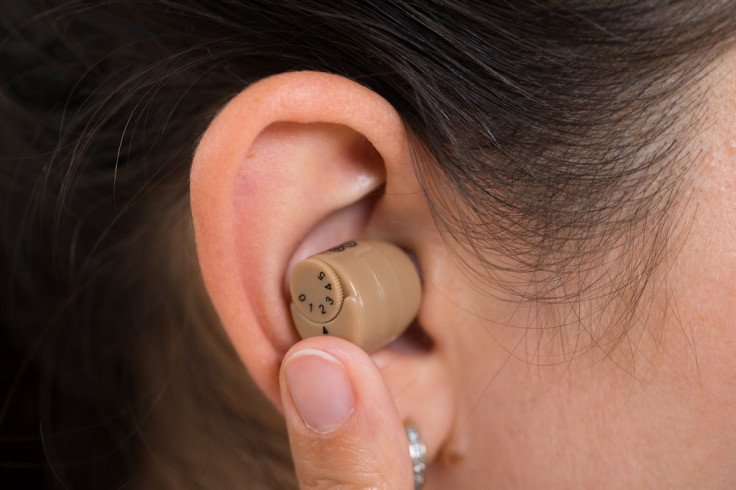Can You Hear Me? Hearing Loss Results From Taking Some Antibiotics For Bacterial Infections

Sometimes, the more you try to help, the worse you make it. Researchers at Oregon Health and Science University have found that patients with bacterial infections are at a greater risk of deafness when they’re treated with higher doses of aminoglycoside antibiotics, according to a study published in Science Translational Medicine.
The researchers used mice to examine the effects of the aminoglycosides, antimicrobials that are necessary in treating life-threatening infections. Their study showed that the antibiotics were toxic to the ear because they killed sensory cells responsible for detecting sound and motion. When they gave healthy mice a small amount of aminoglycoside, the mice experienced mild hearing loss. But when it was administered to mice experiencing the inflammation typical of an infection, the mice experienced a greater degree of hearing loss.
“Currently, it’s accepted that the price that some patients have to pay for surviving a life-threatening bacterial infection is the loss of their ability to hear,” said Dr. Peter S. Steyger, an author of the study and professor of otolaryngology at the Oregon Health and Science University School of Medicine, in a statement. “We must swiftly bring to clinics everywhere effective alternatives for treating life-threatening infections that do not sacrifice patients’ ability to hear.”
The study exposes something that previously went unrecognized and subsequently helps with improving the standard of care for patients who are suffering with infections. The researchers called for the development of more targeted aminoglycosides or anti-infective drugs to treat patients who have intense infections. Aminoglycosides are often used because of their low cost, but as more information is uncovered from studies like this one, alternatives will need to be developed. At this time, no such alternative is available for the treatment of infections.
Premature infants in neonatal intensive care units happen to be most at risk of these infections. About 80 percent of the 600,000 infants admitted into NICUs across the United States receive aminoglycosides, which naturally increases the rate of hearing loss among infants in the NICU to two to four percent, compared to 0.1 to 0.3 percent of full-term babies.
“The cost of this incalculable loss are born by patients and society. When infants lose their hearing, they begin a long and arduous process to learn to listen and speak,” Steyger said. “This can interfere with their educational trajectory and psychosocial development, all of which can have a dramatic impact on their future employability, income, and quality of life.”
Source: Koo J, Jiang M, Liu J, et al. Endotoxemia- mediated inflammation potentiates aminoglycoside-induced ototoxicity. Science Translational Medicine. 2015.
Published by Medicaldaily.com



























